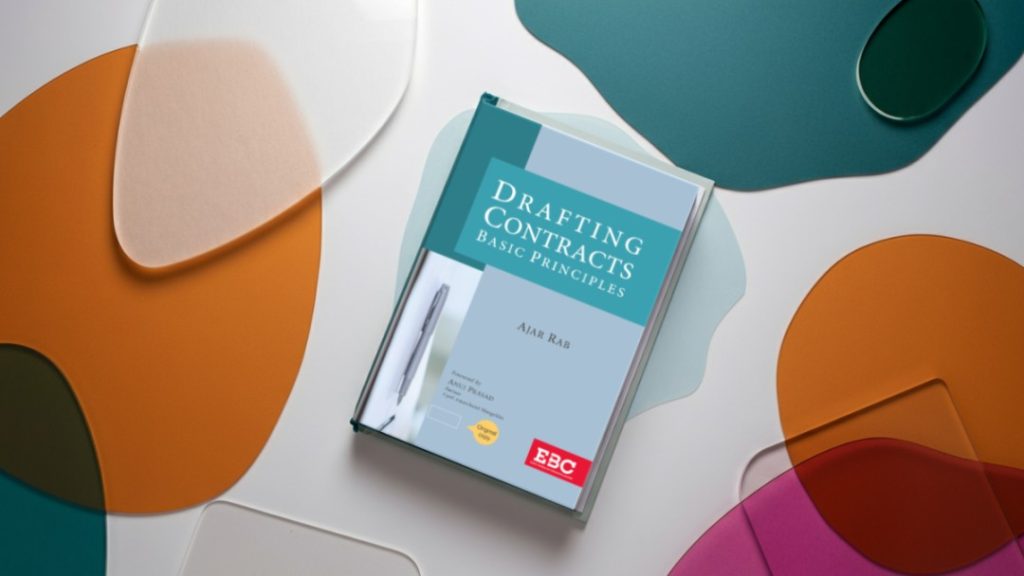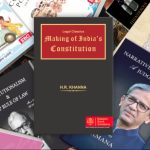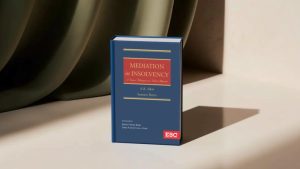
In the world of law, words hold power. A single misplaced comma or an ambiguous phrase can change the entire meaning of a contract or lead to costly litigation. That’s where legal drafting comes into play — a cornerstone of legal practice that ensures clarity, precision, and enforceability in legal documents. Whether you’re a law student, a practicing attorney, or simply someone curious about how legal documents are created, this blog will walk you through everything you need to know — from the basics to advanced concepts of legal drafting.
What Is Legal Drafting?
Legal drafting is the art and science of preparing legal documents such as contracts, statutes, wills, pleadings, legal notices, and more. These documents are not just ordinary pieces of writing — they have legal consequences, and therefore require precision, structure, and adherence to legal conventions.
“Legal drafting refers to the process of writing legal documents that are clear, concise, and legally binding.” – Black’s Law Dictionary
Why Is Legal Drafting Important?
- Preventing Disputes: Clear terms reduce misunderstandings
- Enforcing Rights: A well-drafted agreement is enforceable in court
- Saving Time and Cost: Reduces the risk of litigation due to ambiguities
- Ensuring Compliance: Legal documents must align with applicable laws and regulations
Interesting Fact: According to the American Bar Association, over 60% of civil litigation stems from poorly drafted contracts or ambiguous legal terms.
Key Elements of Good Legal Drafting
| Element | Description |
|---|---|
| Clarity | The language should be clear, avoiding ambiguity and vagueness. |
| Conciseness | Every word must serve a purpose. |
| Correct Terminology | Use of accurate legal language and defined terms. |
| Logical Structure | The document should follow a clear, organized format. |
| Consistency | Defined terms and references must remain consistent throughout the document. |
| Legal Validity | Must comply with relevant laws, case precedents, and procedural rules. |
Types of Legal Documents That Require Drafting
Legal drafting applies to a wide range of documents. Here’s a breakdown:
| Document Type | Purpose |
|---|---|
| Contracts | Define rights and obligations between parties. |
| Statutes & Bills | Drafted by legislatures to propose or enact laws. |
| Wills & Trusts | Direct how assets are distributed after death. |
| Pleadings | Filed in courts to initiate or respond to legal actions. |
| Legal Notices | Notify parties of legal obligations or violations. |
| Memoranda | Internal or external legal analysis or recommendations. |
Principles of Legal Drafting
To ensure high-quality legal documents, drafters follow key principles.
1. Know the Law
Before drafting, you must be familiar with statutory laws, precedents, and jurisdictional rules. For example, a contract clause enforceable in New York might not be valid in California due to differing state laws.
2. Know the Purpose
Ask yourself: What is the objective of this document? Tailoring your drafting to the purpose ensures relevance and effectiveness.
3. Anticipate Scenarios
Good drafting anticipates potential disputes or contingencies. For instance, a commercial lease should account for early termination, maintenance obligations, and default clauses.
4. Use Standard Clauses (Where Appropriate)
Legal templates or precedents provide a starting point, such as “Force Majeure,” “Governing Law,” or “Entire Agreement” clauses.
Structure of a Well-Drafted Legal Document
Here’s a typical structure for a contract or agreement:
- Title
- Preamble / Introduction
- Recitals (Background and intent)
- Definitions
- Main Clauses (Obligations, rights, consideration, terms)
- Miscellaneous Clauses (Dispute resolution, governing law, amendments)
- Signature Block
- Annexures or Schedules (if any)
Advanced Legal Drafting Concepts
As you gain experience, legal drafting goes beyond grammar and format. It includes:
1. Interpretation Rules
Courts use rules like the Contra Proferentem Rule (interpret against the drafter) when resolving ambiguities — highlighting the need for precision.
2. Plain Language Movement
Many jurisdictions are pushing for legal documents that use plain, readable language — especially in consumer contracts and public-facing documents.
3. Digital and AI-Assisted Drafting
Modern legal drafting often uses contract automation tools (e.g., DocuSign, Contract Express) and AI to review and generate standard clauses.
4. Cross-Border Drafting
Global transactions require knowledge of international law, conflict of laws, and multilingual drafting — ensuring documents are enforceable in more than one jurisdiction.
Common Pitfalls in Legal Drafting (and How to Avoid Them)
| Pitfall | How to Avoid |
|---|---|
| Overuse of legalese | Use plain language wherever possible |
| Vague or undefined terms | Define all key terms clearly in a “Definitions” section |
| Lack of consistency | Review the document to ensure consistent terminology and structure |
| Ignoring statutory requirements | Research and comply with applicable laws before finalizing the draft |
| Failing to account for “what if” events | Include contingency clauses and dispute resolution mechanisms |
Legal Drafting in Legal Education and Practice
Legal drafting is often taught in law schools as a core practical skill. It is also a daily activity for:
Corporate Lawyers – Drafting contracts, NDAs, and MoUs
Litigators – Preparing pleadings, affidavits, and written submissions
In-House Counsel – Reviewing and customizing legal templates
Government Lawyers – Drafting bills, regulations, and public notices
In India, for example, legal drafting is part of the Bar Council of India’s prescribed law curriculum, and most internships involve document drafting tasks.
Whether you’re entering the legal profession or dealing with contracts in business, understanding legal drafting empowers you to:
Safeguard your rights
Avoid legal pitfalls
Communicate legal terms effectively
Create legally binding, enforceable agreements
Remember: In law, what you write is what you enforce. Good drafting isn’t just about language — it’s about legal clarity, foresight, and professionalism.
For Indian students and professionals looking for trusted textbooks, manuals, and guides on legal drafting, check out this resource.
















